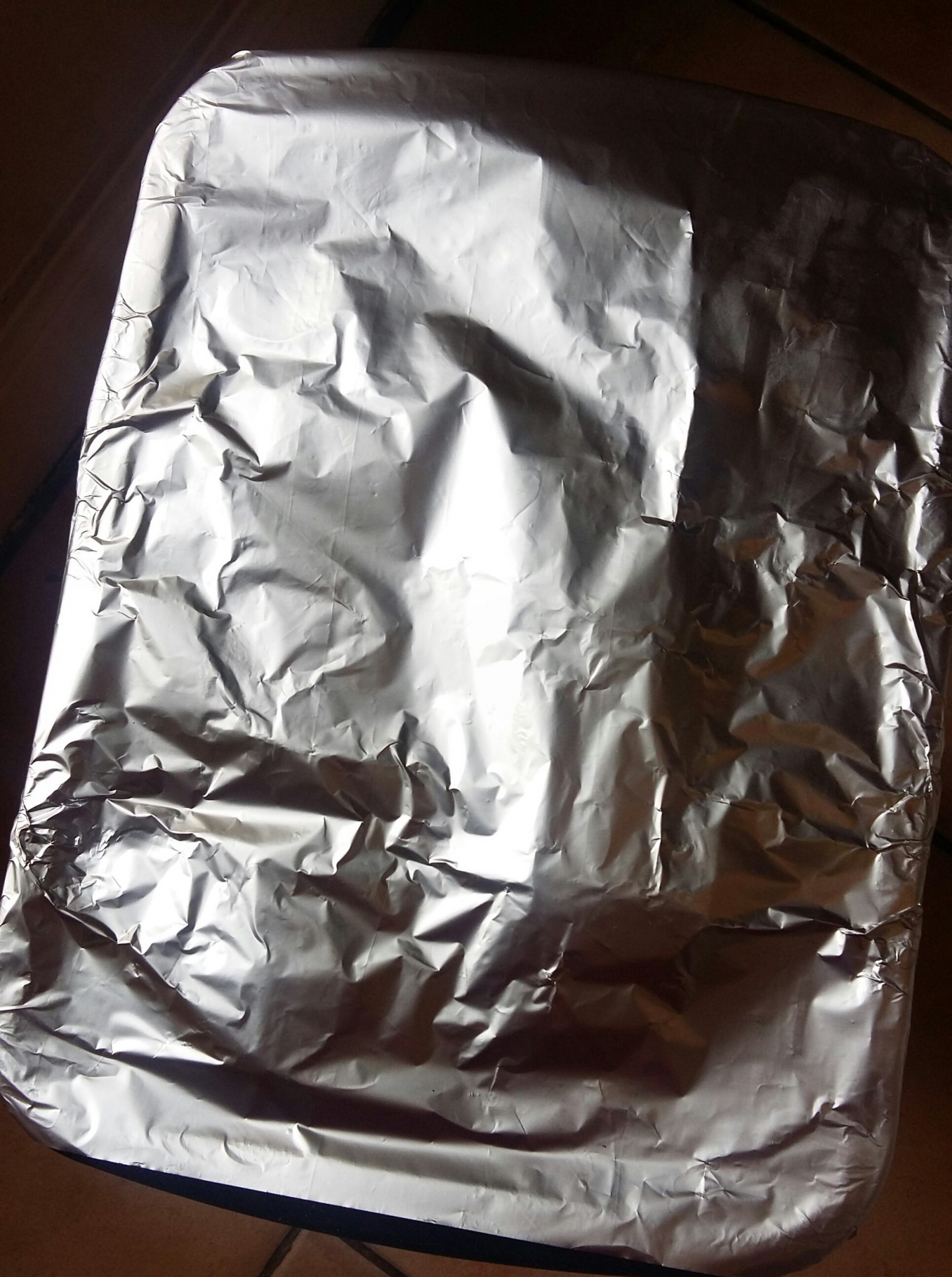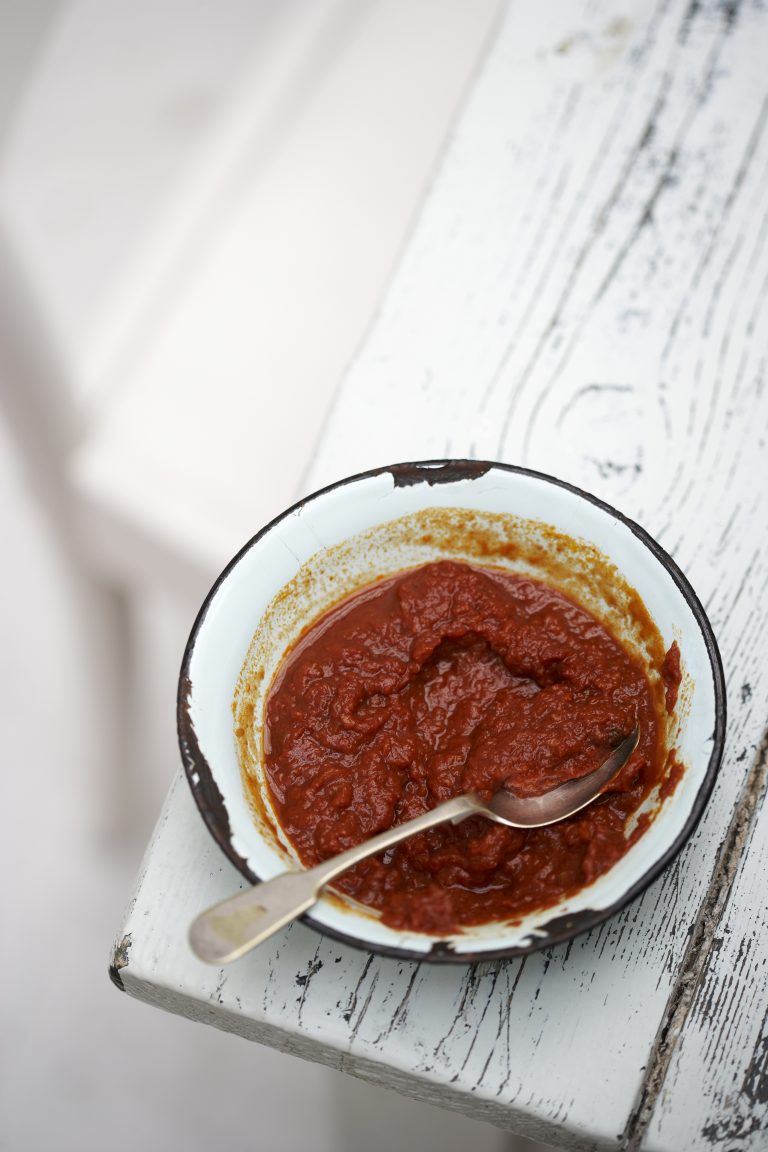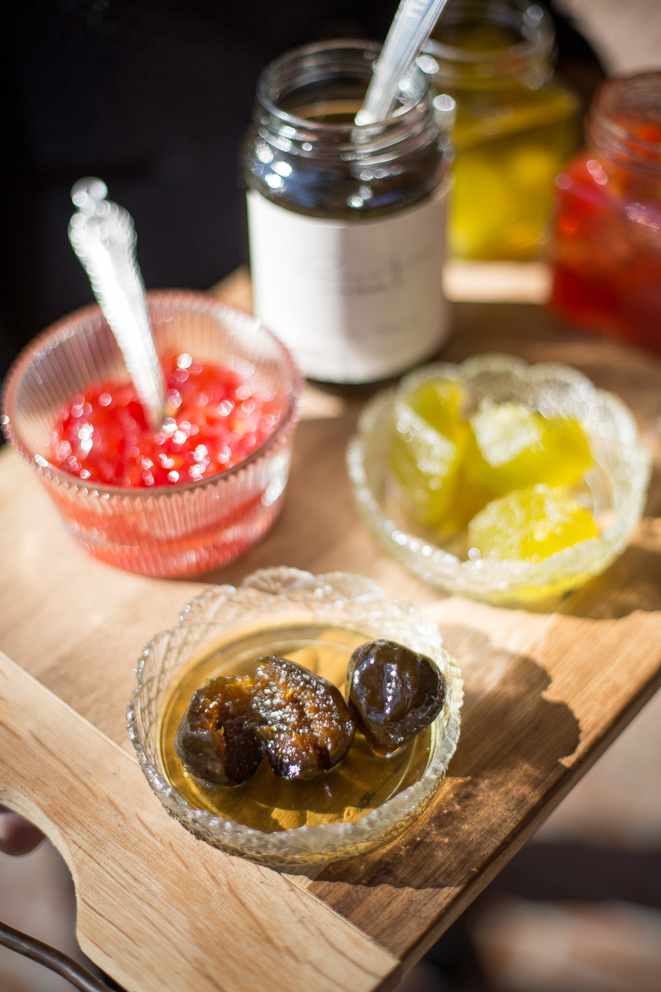
People of a certain age in South Africa will remember the thrill of lurid pink guava juice, first sold during the 70’s in squashable plastic bottles. We’ve come a long way since! The best guava juice available today is as close to nature as they come – no colourants, additives or preservatives added. It’s very subtle and lightly fragrant and blends easily with other fruit in cocktails without becoming overpowering.
Sir Fruit sells the most delectable, pure and smooth guava juice with a very pretty rosy pink blush of colour. No grittiness, not over-sweet, no artificial colourants, just…essence of guava.
It also makes the most amazing addition to juice combos and smoothies, so despite my general misgivings about eating the fruit itself, this post is devoted to extolling the loveliness of guavas in juiced form. (If you can’t find Sir Fruit guava juice, substitute with any other juice you like. No-one is going to die. It’s only juice.)
Guavas are believed to have originated in Mexico, although no-one is really certain. They are native to Mexico, Central America and northern South America and grow abundantly well in tropical and sub-tropical areas.
Guavas have a great many health-giving properties and are considered a good food choice for diabetics since it’s very high in fibre and relatively low in sugar. Guavas also aid in lowering blood pressure and cholestrol, and are very beneficial in treating tummy upsets, dysentry, gastroentiritis, constipation and stomach ulcers. Freshly extracted, raw guava juice applied topically is said to aid wound healing and repair. With an incredibly high anti-oxidant content, a vitamin C level 5 x that of oranges, sufficient vitamin A to improve eyesight and enough copper to help balance the thyroid gland, it’s clear that guavas should be one of our primary choices when it comes to juicing.
Since guavas are not prone to disease, they’re also one of the least sprayed crops, which make them ideal fruit for children or anyone keen on organic living.
Pineapple juice cools the blood and clears the skin. As a really good anti-inflammatory in general, it’s very beneficial to the digestive system; a useful aid for premenstrual difficulties like painful periods, and also improves the complexion. Use liberally in cases of fever, inflammation and upset digestion.
Guava Blush
Serves 1
Ingredients:
generous handful of raspberries (use strawberries if you like)
about 2 cupfuls of chopped papaya
1 banana
2 thick slices of pineapple
1/2 cup (125 ml) almond milk
1/2 cup (125 ml) Sir Fruit guava juice
Method:
- Blend the fruit until very smooth. Pour in the almond milk and guava juice, stir and enjoy!






























